Recently, I had the pleasure of attending the Yurutto Tsunagaru Marche in Komagane City, Nagano Prefecture – a charming event that embodies the warmth of rural Japan. As an advocate for sharing the genuine hospitality and cultural richness of Japan with international visitors, this experience was truly enlightening.
The Marche, held on the second floor of ALPA in Komagane City, is a delightful gathering where participants showcase and sell their handmade creations, ranging from baskets and pouches to processed agricultural products. The friendly atmosphere and affordable 200 yen booth charge set the stage for a communal celebration of creativity and craftsmanship. Entry is free of charge.
During my visit, I had the privilege of engaging with a talented lady whose passion lies in the intricate craft of cloisonne enamel ware. She graciously shared her knowledge and insights, shedding light on the fascinating process of creating these unique pieces of art.
Cloisonne Enamel Ware: An Artistic Journey

For those unfamiliar, cloisonne ware involves applying a glassy glaze (cloisonne enamel paint) to a metal base, such as copper or silver, and then baking it at high temperatures. The result is a one-of-a-kind piece due to variations in glaze application and subtle temperature differences during the firing process.
In the case of the artist I met, her focus was primarily on copper craft. The meticulous process involves cutting the copper plate, applying glaze to both the front and back, firing each layer, and adding intricate details such as colored patterns, silver foil, and gold leaf. The entire journey takes place in a kiln with temperatures ranging from 800 to 850 degrees Celsius.
The description of the process may not be perfect, but here it is.
1. Cut the copper plate.
2. apply glaze to the back
(burn the back)
3. Apply white glaze to the front
(Fire the front)
*Points
Glaze can be transparent, translucent or opaque.
4. Place color on top of white
(burnish the surface)
(Place silver foil)
5. Place a pattern on the white
(Firing) (Place gold leaf)
(Place gold leaf)
While it must have been difficult to explain the whole process in the brief encounter, I appreciate her willingness and time to share her craft.
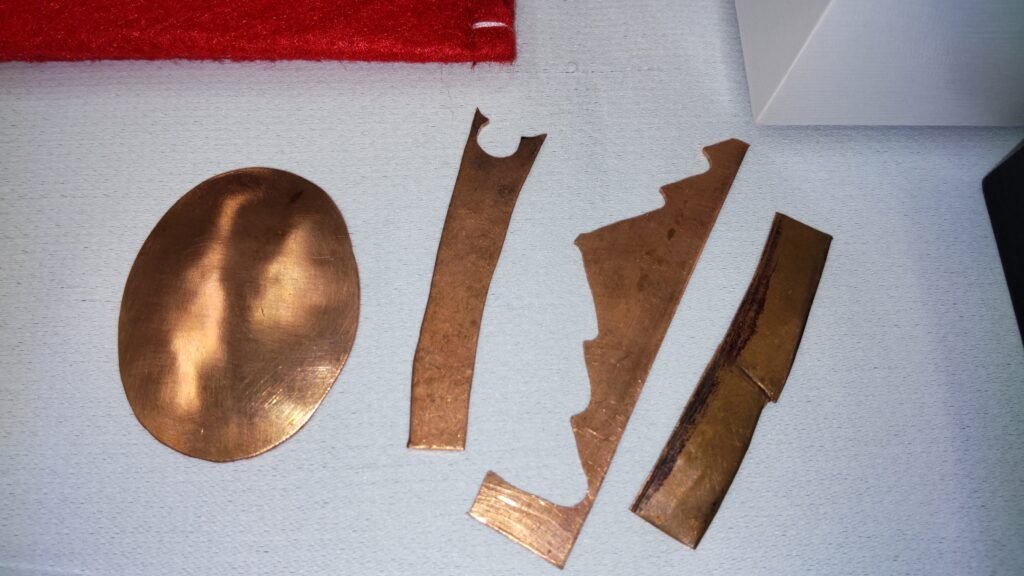

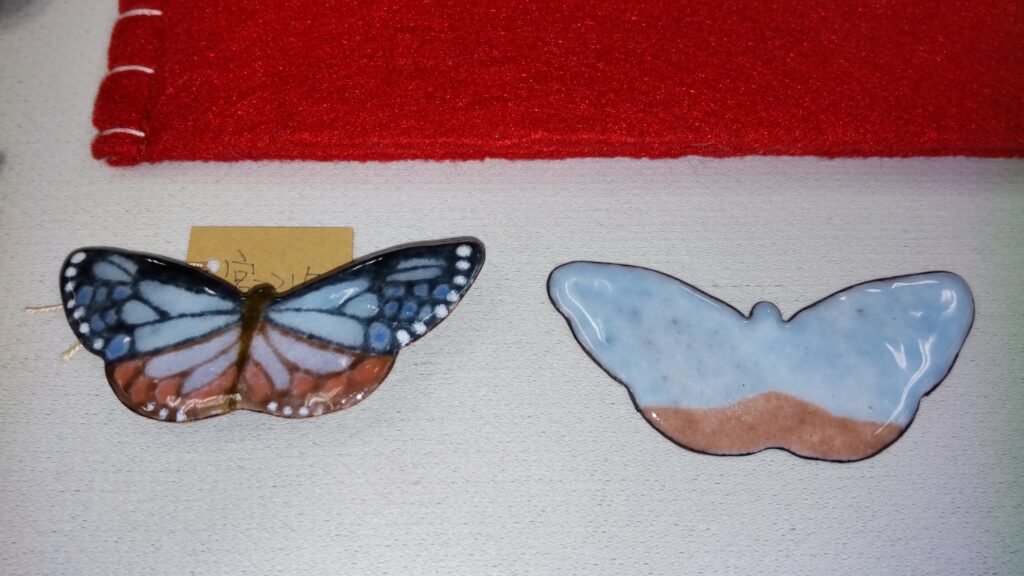
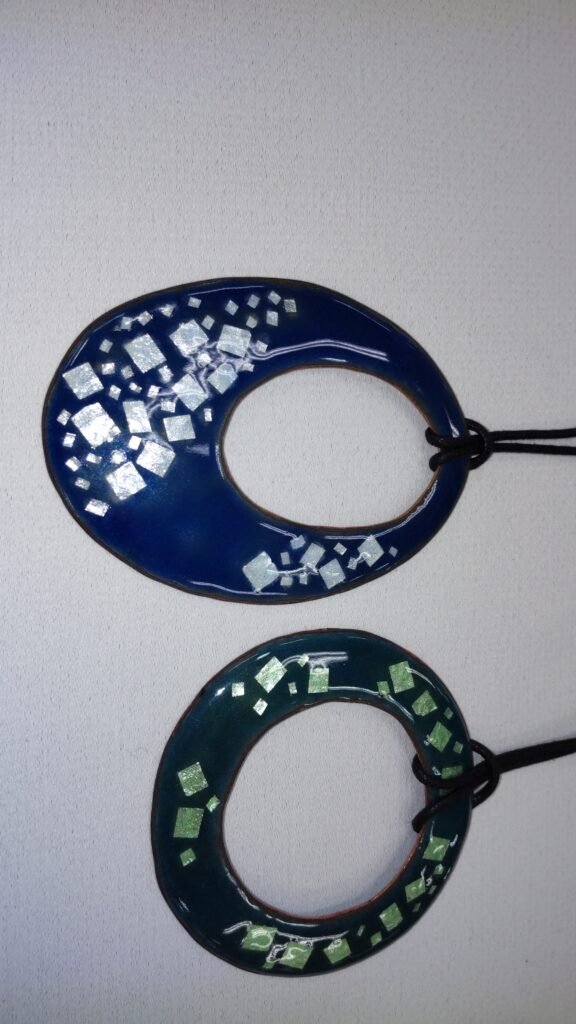

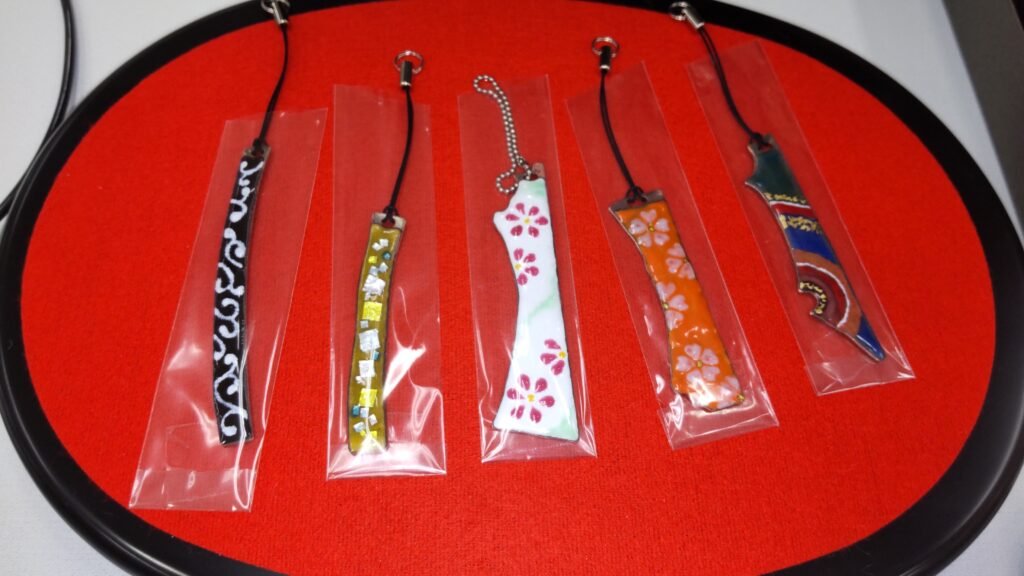
Connecting with Japan’s Artistic Soul
This experience at the Yurutto Tsunagaru Marche exemplifies the essence of rural Japan – a place where individuals pursue their passions and generously share their crafts with others. As an inbound tourist, taking the time to explore local markets, engage with artisans, and delve into unique hobbies creates a profound connection with the heartwarming spirit of Japan.
So, the next time you find yourself in Japan, immerse yourself in the stories behind the crafts, listen to the tales of passionate artists, and truly experience the genuine warmth that emanates from the heart of rural communities. It’s these authentic connections that make a visit to Japan not just a trip, but a cherished journey into the heart of its culture.

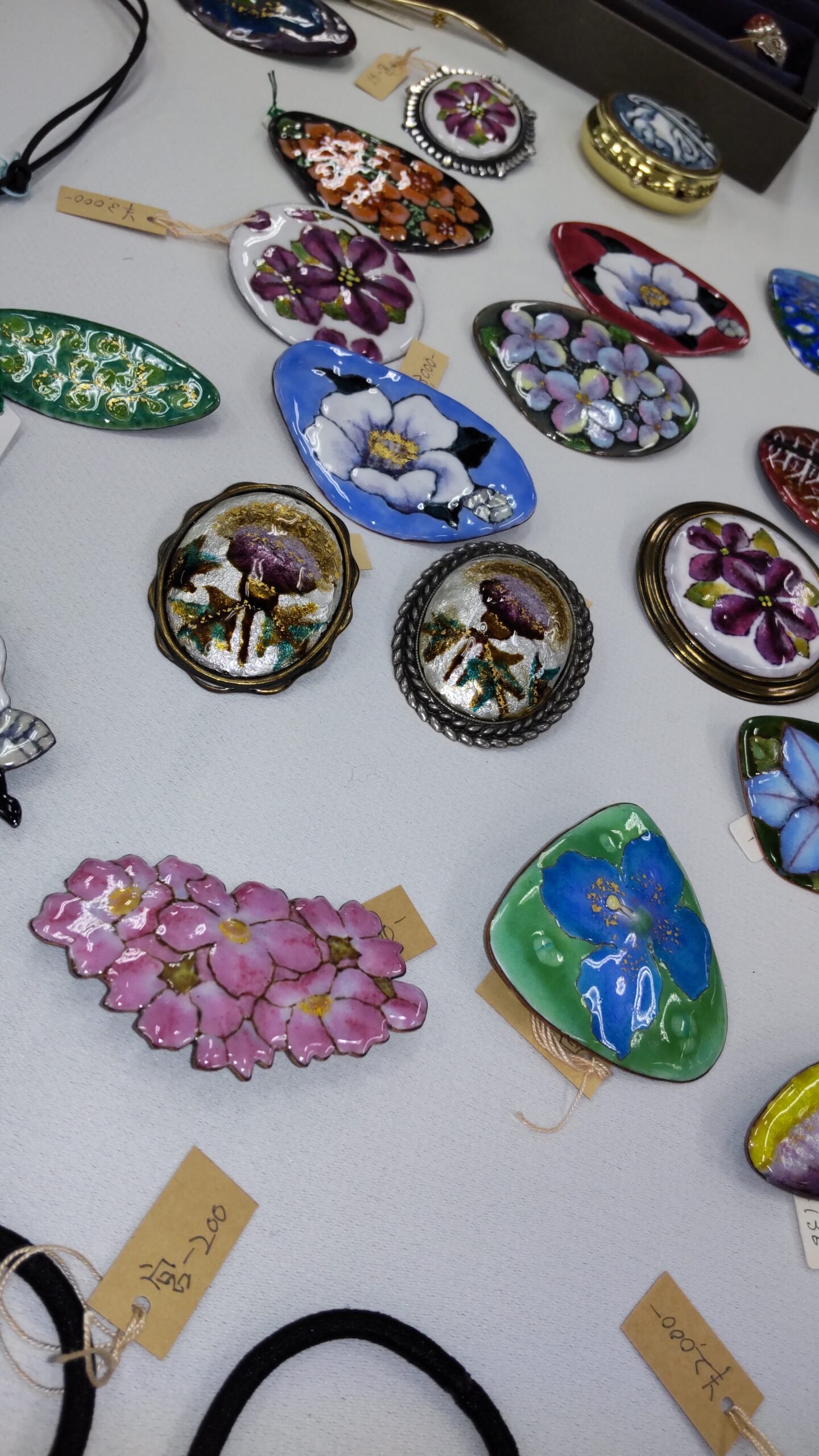
Leave a Reply